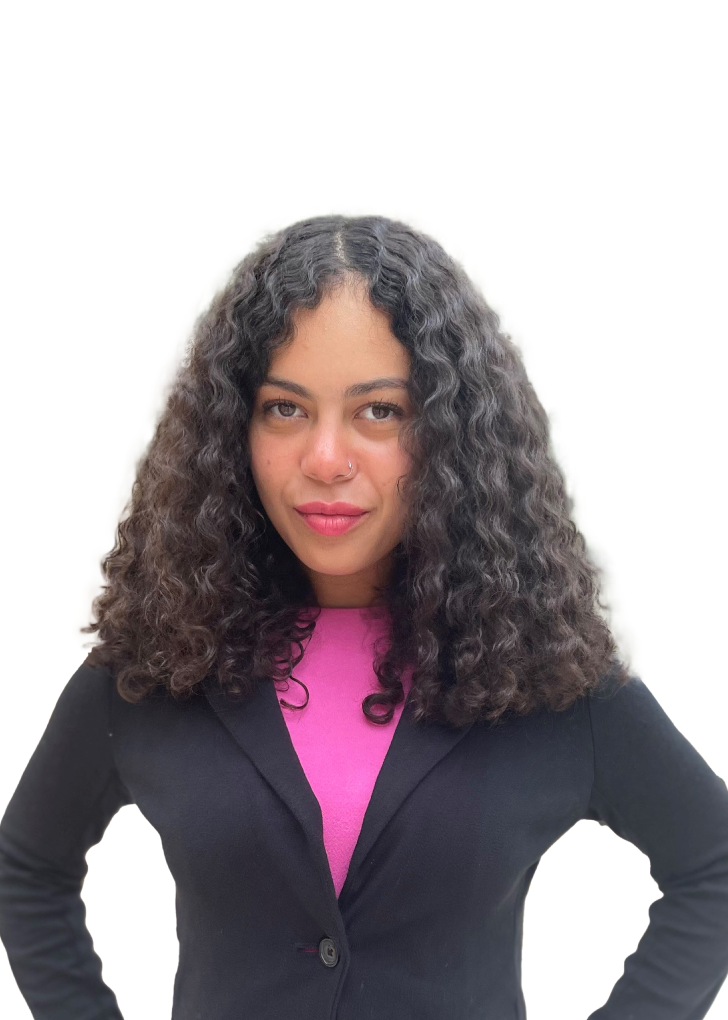
To the kids who stay with her, Kathryn Melendez is “Mom” or “Miss Kathryn.”
Some of her teenage girls even call her “Bae,” slang shorthand for “before anyone else.”
The endearment is hard won.
Since she began fostering in Florida in 2004, more than 200 children have arrived on Melendez’s doorstep, most of them scared, withdrawn, traumatized. One or two run away but most stay for at least a year, some until they age out of foster care.
Mother’s Day this year was celebrated at her five-bedroom Gibsonton home with her husband, three children and seven foster kids. In a home chock full of children, dogs and noise, her laugh is the deepest, her hug the most sought after.
Eckerd Kids doesn’t expect to find many foster moms like Melendez, but even finding parents willing to foster just one or two children remains a challenge for the agency that runs child welfare in Hillsborough, Pasco and Pinellas counties. That is especially true in Hillsborough County, where more children are taken into care than anywhere else in Florida.

The agency this month is stepping up efforts to make up that shortfall with new radio advertisements and a social media campaign. It has partnered with churches, businesses and day cares, and even launched an online orientation program so parents can take the first steps toward fostering without leaving home.
The timing of the campaign is no accident.
The upcoming end of the school year typically brings a spike in the number of children being taken into care, in part because of reports from teachers who fear for children they will no longer see every day in school.
“If everybody who could took just one, it would make such a huge difference in these kids’ lives and the amount of kids who are just put in a teen center,” said Melendez, 49. “Just one.”
• • •
One Eckerd recruitment advertisement features a group of smiling, friendly looking children.
“(Foster parents) help calm our fears and wipe our tears,” said Chloe, who spent two years in foster care.
Another promotion features foster children who have gone on to achieve fame and fortune like Olympic gymnast Simone Biles and former Minnesota Vikings quarterback Daunte Culpepper.
The reality is usually more gritty.
Most foster children come from extreme poverty. They may have behavioral issues like attention deficit hyperactivity disorder, anger issues or be the victims of sexual abuse. Others come into the foster system after being held in juvenile detention centers.

The greatest need for foster parents in Tampa Bay is in Hillsborough. In 2016, the county generated about 16,700 reports of abuse or neglect. They resulted in 1,592 children being taken into care.
The majority of those are 5 or younger but the county’s greatest need is for homes willing to take teenagers, since most foster parents want young children.
Hillsborough has roughly 440 foster homes providing about 820 beds. To deal with the shortfall, Eckerd makes regular use of waivers so parents can care for one or two more children than they are licensed to take. Other children are housed at group foster homes.
Pinellas and Pasco, which fall under a single judicial circuit, have a total of 435 foster homes that can accommodate about 815 children. The majority of children in care there are 10 and under, including many infants and toddlers.
Adding to the shortfall is that foster homes close each month. The reasons vary. Some get exasperated with problem children while others end up adopting a child they have grown to love.
“There is a constant need for homes as the intake of kids is increasing,” said Eckerd spokeswoman Adrienne Drew. “We need homes to accommodate sibling groups, language barriers, disabilities, teens, and to be able to handle children that may have behavior problems.”
![Kathryn Melendez holds one of her Maltese dogs while talking about her three children and seven foster children. "Our job is to put families back together again," Melendez said. [CHRIS URSO | Times]](http://www.tampabay.com/resources/images/dti/rendered/2017/05/503047159_19231095_8col.jpg)
“Any expectation that you have like you’re going to save these kids’ world and that they will be rolling out the red carpet with ‘pleases’ and ‘thank-yous’ and gratitude, you’re not going to get,” she said. “These kids are too traumatized to be able to show that kind of appreciation when they first come into care.”
• • •
Nothing is easy in a home with nine children.
Melendez does four loads of washing a day so her kids don’t end up “drying themselves with paper towels.” She hand-built triple bunk beds and got an electrician to install a power outlet for every bunk so there is no argument about who unplugged someone else’s phone charger.
Help comes from husband Gil Melendez, who works from home.
Their kids usually grab breakfast at school, leaving home early with a chorus of “bye mom” as they rush for the school bus. By 4 p.m., her home is crowded again with children doing their homework and playing.
Evening meals are eaten at an 8-foot-long dining table, another Melendez construction project. For some of her children, it’s their first experience of a regular family meal.
Foster parents receive a stipend of up to $510 per month depending on the age of the child. The allowance is intended to cover the cost of food, clothes and other daily expenses.
Melendez said it covers the basics but little else. Her electric bill is like other people’s rent, she jokes.
“I’m raising teenage girls; no amount of money they are ever going to give me will be enough,” she said.
A Massachusetts native, Melendez was a headstrong know-it-all teenager growing up. She tried to run away from home and skipped out of school.
The unconditional love that her parents gave her made her realize later how lucky she was. That’s what she wants to give to the teens that now call her “mom.”
“I foster in honor of my parents,” she said.
There is no one way to turn the stranger on her doorstep into someone who trusts and loves her, Melendez said.
When the children first arrive, they are usually withdrawn and suspicious.
She looks for band names on their T-shirts or on their iPods to see what music they like or what games they play on their smartphones to find something she can talk to them about.
For one girl, trust came only when Melendez rushed down to the school bus and confronted the mother of another girl who was bullying her.
“That’s all it took to trigger in her mind, ‘I’m okay here; she’s going to protect me,’ ” Melendez said.
Natalia Negron, 16, has lived with Melendez for about two years. Her 14-year-old sister, Veronica, joined her one year later.
Natalia remembers Melendez bringing her a bowl of cereal her first day there.
“She was welcoming but I didn’t know nothing about her,” she said.
She and her sister were taken into foster care because of abuse taking place in their home. At the Melendez home, they feel part of the family.
“I had a hard time opening up to her,” Natalia said. “Now, before I cry, I go to her and then I cry.”
Contact Christopher O’Donnell at codonnell@tampabay.com or (813) 226-3446. Follow @codonnell_Times.
Foster parenting
To learn more about becoming a foster parent, go to eckerd.org/foster or call Eckerd Kids at
1-866-233-0790.
Three kids, seven foster children and a whole lot of love 05/15/17 [Last modified: Sunday, May 14, 2017 7:41pm]
Photo reprints | Article reprints

